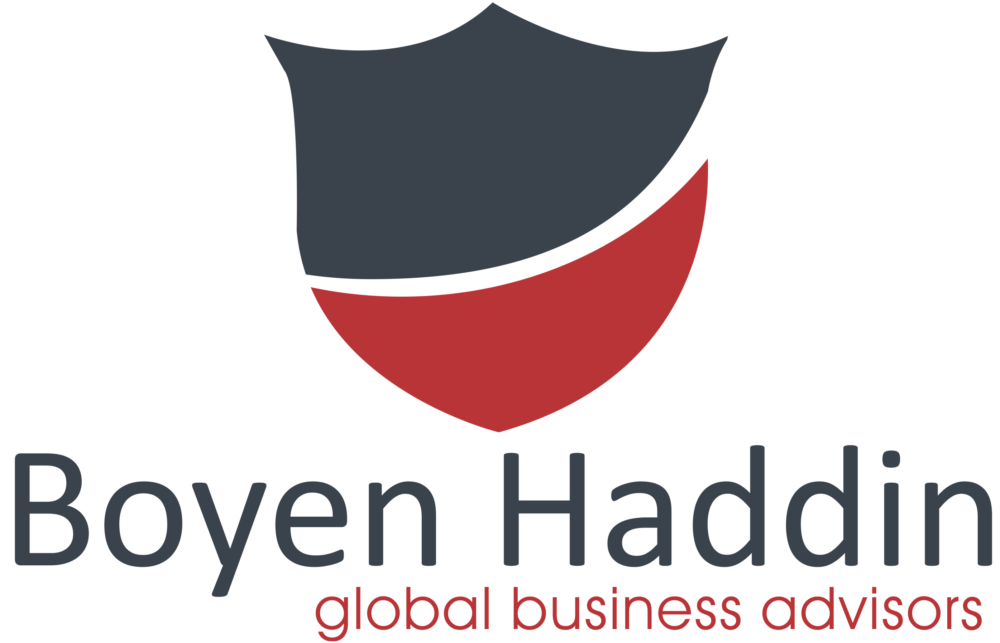Interim Talent vs. Permanent Employees: Finding the Right Balance
Balancing interim talent with permanent employees is a strategic decision that organizations must carefully consider. Each has its advantages and best use cases. Here are some factors to help you find the right balance:
1. Business Objectives:
- Interim Talent: Best suited for short-term projects, temporary gaps in expertise, or rapid scale-up/scale-down scenarios.
- Permanent Employees: Ideal for core business functions, long-term strategy execution, and building institutional knowledge.
2. Cost Considerations:
- Interim Talent: Typically more cost-effective for short-term needs due to lower long-term commitments.
- Permanent Employees: Cost-effective for stable, ongoing functions and roles.
3. Specialized Skills:
- Interim Talent: Brings specialized skills or expertise for specific projects or situations.
- Permanent Employees: Tend to have broader, foundational skills aligned with their ongoing roles.
4. Workforce Flexibility:
- Interim Talent: Offers flexibility to quickly adapt to market changes and project demands.
- Permanent Employees: Provide stability and consistency within the organization.
5. Project Complexity:
- Interim Talent: Suited for complex, short-term projects that require unique expertise.
- Permanent Employees: Handle ongoing, multifaceted projects that require long-term commitment.
6. Speed and Agility:
- Interim Talent: Enables rapid response to emerging opportunities or crises.
- Permanent Employees: Maintain organizational stability and long-term planning.
7. Workforce Diversity:
- Interim Talent: Provides diversity through access to a wide pool of specialized professionals.
- Permanent Employees: Contribute to cultural consistency and alignment with long-term values.
8. Succession Planning:
- Interim Talent: These may not be part of succession planning as they are typically temporary.
- Permanent Employees: Can be groomed for leadership and long-term career growth within the organization.
9. Organizational Culture:
- Interim Talent: This may require time to adapt to the organization’s culture.
- Permanent Employees: Contribute to shaping and embodying the culture.
10. Knowledge Retention: –
- Interim Talent: May take knowledge with them when their contract ends.
- Permanent Employees: Contribute to building institutional knowledge over time.
11. Talent Pipeline: –
- Interim Talent: This can be a valuable source for identifying potential permanent hires.
- Permanent Employees: Provide a consistent pool of talent for future growth.
12. Scalability: –
- Interim Talent: Enables quick scaling up or down as needed.
- Permanent Employees: Require more deliberate workforce planning to scale effectively.
13. Long-Term Strategy: –
- Interim Talent: Focus on short-term objectives and project completion.
- Permanent Employees: Contribute to the execution of long-term strategic goals.
Finding the right balance between interim talent and permanent employees depends on your organization’s unique needs, goals, and industry dynamics. It may involve a blend of both approaches to harness the strengths of each. Regularly assess your talent strategy to adapt to changing circumstances and ensure that your workforce remains aligned with your organizational objectives.


